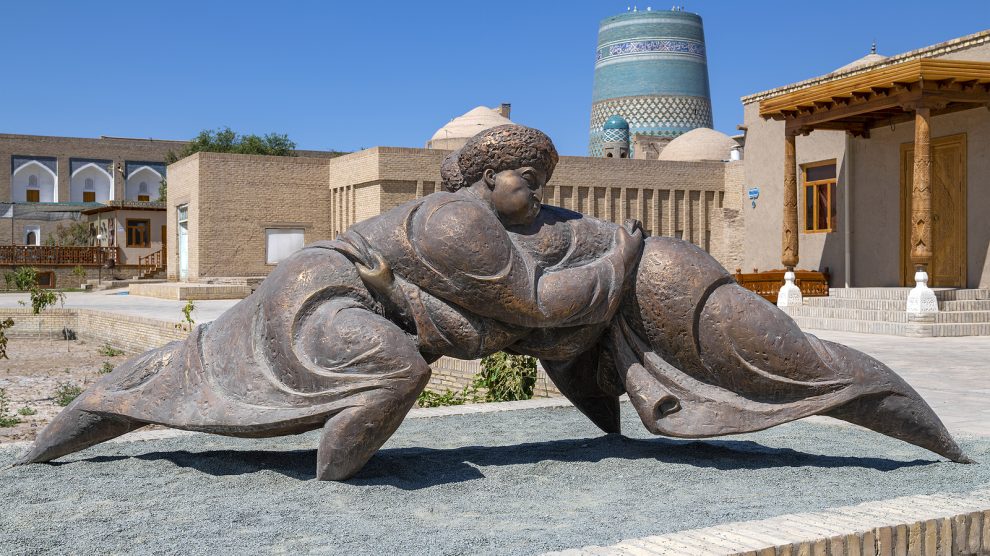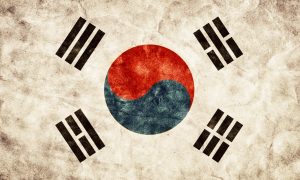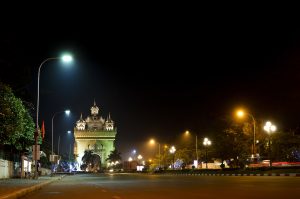Supporters of an elected head of state for Britain see the coronation as an opportunity to highlight the absurdity of having a royal family in the 21st century.

By Emma Bubola
May 6, 2023
While some Britons prepared for King Charles III’s coronation by buying royal paraphernalia or cooking for street parties, a 21-year-old student in the northern city of Leeds instead ordered 50 beach balls bearing the words “No more royals.”
The plan is to throw them around at a protest at Trafalgar Square in central London on Saturday organized by Republic, a group representing Britain’s anti-monarchist movement, which its members say is being energized by the coronation.
“The coronation does a lot of good for the movement just by being itself,” the student, Imogen McBeath, said in an interview. “Absolutely ridiculous.”
During the events surrounding the death of Queen Elizabeth II last year, the British republican movement laid low, wary of appearing insensitive at a time of mourning. But with attention again turned to the royal family, the anti-monarchists of Republic, whose thousands of members range from their teens to their 90s, have embraced a new strategy.
They said they expected at least 1,000 people to turn up for Saturday’s protest, wearing yellow, holding banners and chanting, “Not my king.” Several anti-coronation parties are also planned around the country, with members eager to use the crowning of King Charles as evidence of the absurdity of having a monarchy in this day and age.
“They will put a glittery golden crown on his head in a Christian church,” said Matt Turnbull, a 35-year-old Republic member who lives in London and planned to attend the protest, in an interview. “Look at it, and just accept that something about this feels weird in 2023.”
Mr. Turnbull said that he expected the coronation to make his stomach turn, but that it also felt good that he would not be alone in having such a feeling. “The worse it makes me feel to watch it,” he said, “the more quickly we will move to abolish it.”
That Charles appears to be less popular than Elizabeth, his mother, is also rising the hopes of anti-monarchists. Although 58 percent of respondents in a recent poll by YouGov commissioned by the BBC said they still preferred a monarch to an elected head of state, the figures also suggested that a change may be underway, with only 32 percent of people aged 18 to 22 backing the idea.
Riz Possnett, 19, a University of Oxford student who uses they/them pronouns, said that the monarchy and its colonial legacy were an outdated symbol for modern, multicultural Britain.
“The British identity can come from better places than an unelected king,” they said. “The coronation reminds how weird and archaic our system is.”
They and Mx. McBeath, who also uses they/them pronouns, said they had once shown their disdain for the monarchy by sneaking into the King’s Bed in Windsor Castle, a building that can be visited as a tourist attraction, making out there and reading Prince Harry’s autobiography in protest.
They said the coronation would be a key moment to highlight the idea that the only reason Charles will have a dedicated party and public holiday is that he was born into the right family — especially as many people in Britain are struggling to afford food and electricity.
“I think the pomp and ceremony of that all, the king wearing a crown, will feel like a slap in the face to people struggling,” said Mx. Possnett.
The alternative pledge swears allegiance “to the living Earth and its People; not any nation state or Monarch. I will uphold the values of Democracy, Solidarity, Justice, Peace and Love.”
Mx. McBeath said they planned to attend the protest at Trafalgar Square on Saturday to listen to speeches, sing and chant.
“My goal is to have more fun than all the monarchists around,” they said.
Giant penis mowed on to lawn where Bridgerton filmed before King Charles’s Coronation party
The lawn will host a garden party on Saturday.

King Charles III on a walkabout outside Buckingham Palace, London, to meet wellwishers ahead of the coronation on Saturday. Photo: PA — © PA
Níall Feiritear Yesterday
Tricksters have mown a giant penis into a famous 'perfect lawn' on one of Britain's most exclusive streets - just days before a coronation party.
Residents of the exclusive Royal Crescent in Bath were stunned to wake up to the large image on the grass outside their homes this week.
The Royal Crescent is hosting a Georgian-themed Grand Coronation Party at the weekend.
A flyer for the party says says: "Celebrate the 300th anniversary of the Georgian era.
"Decorate your own regal crown, watch demonstrations on royal fashion and visit the Georgian Cook cooking up delicious recipes in the kitchen."
The Royal Crescent will be familiar to Netflix viewers as the location of the smash-hit Regency era drama Bridgerton.
Tweet
Meanwhile a People Before Profit TD has said that RTÉ's planned broadcast of King Charles’ coronation this weekend is “quite inappropriate”.
Paul Murphy said the state broadcaster should rethink their coverage of the event, which he believes is simply an “attempt to launder the reputation of the monarchy.”
“People are going to be asked on Saturday, through their TV screens, to swear allegiance to Charles, a man who nobody has cast a single vote for, a man who was titular head of the parachute regiment responsible for Bloody Sunday, a man who received suitcases full of cash from the Qatari prime minister.
“The idea that RTÉ - a public service broadcaster in a republic, which was colonised by the British empire - should be showing this as some major item, as opposed to featuring it for a couple of minutes in a news piece, seems to me to be quite inappropriate.”
RTÉ will televise the event from 10am on Saturday and while Murphy explained that he wasn’t trying to police public service broadcasting, he believes the coronation has no place on Irish television screens.
Another tweet
“The British monarchy is not some benign tourist attraction. It is built on racism, on slavery, on empire,” he said.
“They're going to spend something like £250m, they're going to give an additional £400m to do a full renovation of the palaces for Charles and Camilla.
“This isn’t some kind of neutral thing. Even the idea that the history of racism for the monarchy is something in the distant past... Camilla’s crown is being refurbished with £60m of Star of Africa diamonds. They were taken from South Africa in 1907.
“There’s going to be 6,000 British troops (and) 60 fighter jets. It’s going to be a display of obscene militarism and imperialism.
“Let’s see if people want to watch it. Even in Britain 70pc of the public say they don't care very much, or they don't care at all, about the coronation.
“In Ireland, I suspect the numbers who care are going to be substantially less,” Mr Murphy said.
































